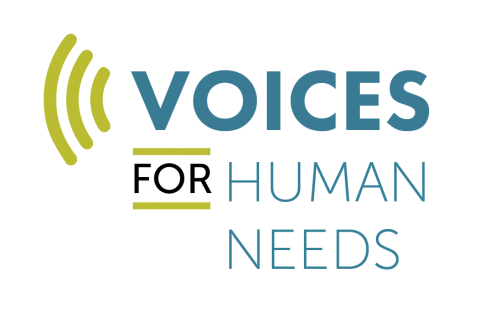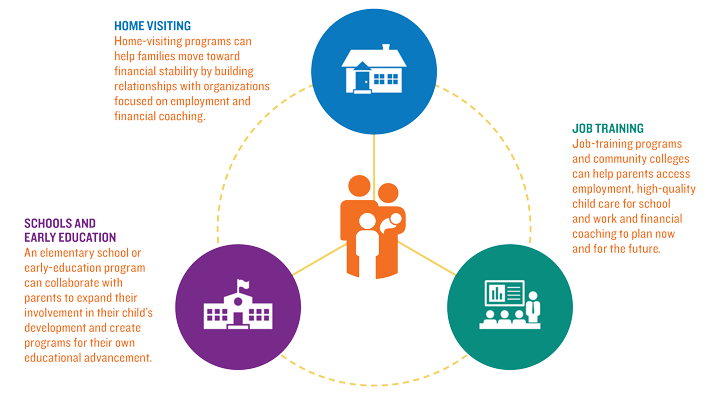
Three Steps to a Two-Generation Approach
Lecia Imbery wrote this (she's the Coalition on Human Needs' Senior Policy Writer). Pretty interesting, and as a mom and grandma, I think it makes a whole lot of sense.
To ensure that kids thrive and succeed from birth onward, we must simultaneously address the obstacles facing their parents. The ability of our children to enter and navigate paths to success has implications for all of us. The 17 million young children in low-income families today will become tomorrow’s parents, employees and leaders.
Earlier this week, the Annie E. Casey Foundation released their new KIDS COUNT policy report calling for a comprehensive approach to lifting kids out of poverty. Creating Opportunity for Families: A Two-Generation Approach outlines the many challenges faced by the 10 million low-income families with children and the effects these challenges have on the critical early years of their children’s development. The report suggests that many of the programs and services that currently help low-income families operate in silos or address only a specific need, while a coordinated approach where programs work together to serve the entire family is what’s needed. They call this a two-generation approach, and their three broad recommendations for achieving this approach include:
- Create policies that equip parents and children with the tools, skills, and income they need to succeed: policies like expanding the Child Tax Credit and Earned Income Tax Credit; enabling parents to earn a family-supporting income by combining training and education for parents with quality child care for children; expanding paid leave options; and connecting families with both physical and mental health care.
- Structure public systems to respond to the realities facing families today: using integrated data about the participants from multiple programs to look at the whole family and streamline programs and processes; looking at child- and adult- focused programs like the Higher Education Act and Head Start together; and using a “no-wrong-door” approach that encourages agencies to connect families with other needed services.
- Use existing child, adult, and neighborhood programs to build pathways out of poverty for entire families: home-visiting programs, for example, could work with employment and training programs to provide parents with job opportunities while ensuring the child’s healthy development.
There’s evidence to show this two-generation approach is successful, too. A recent study from Northwestern University found that parents of 3-year-olds in Head Start increased their own educational attainment by the time their children turned 6. The pattern was particularly strong for African American parents and those without a college degree.
Those 17 million children growing up in low-income households mentioned in the quote at the beginning of this blog? They represent nearly half of all young children in the U.S. The two-generation approach is aimed at creating better opportunities for the entire family, moving them towards financial stability, breaking the cycle of poverty, and giving these kids a better shot. Given what’s at stake for these children and our country, it seems to me that these are recommendations we should listen to.


The views and opinions expressed in this post are those of the author(s) and do not necessarily reflect those of MomsRising.org.
MomsRising.org strongly encourages our readers to post comments in response to blog posts. We value diversity of opinions and perspectives. Our goals for this space are to be educational, thought-provoking, and respectful. So we actively moderate comments and we reserve the right to edit or remove comments that undermine these goals. Thanks!